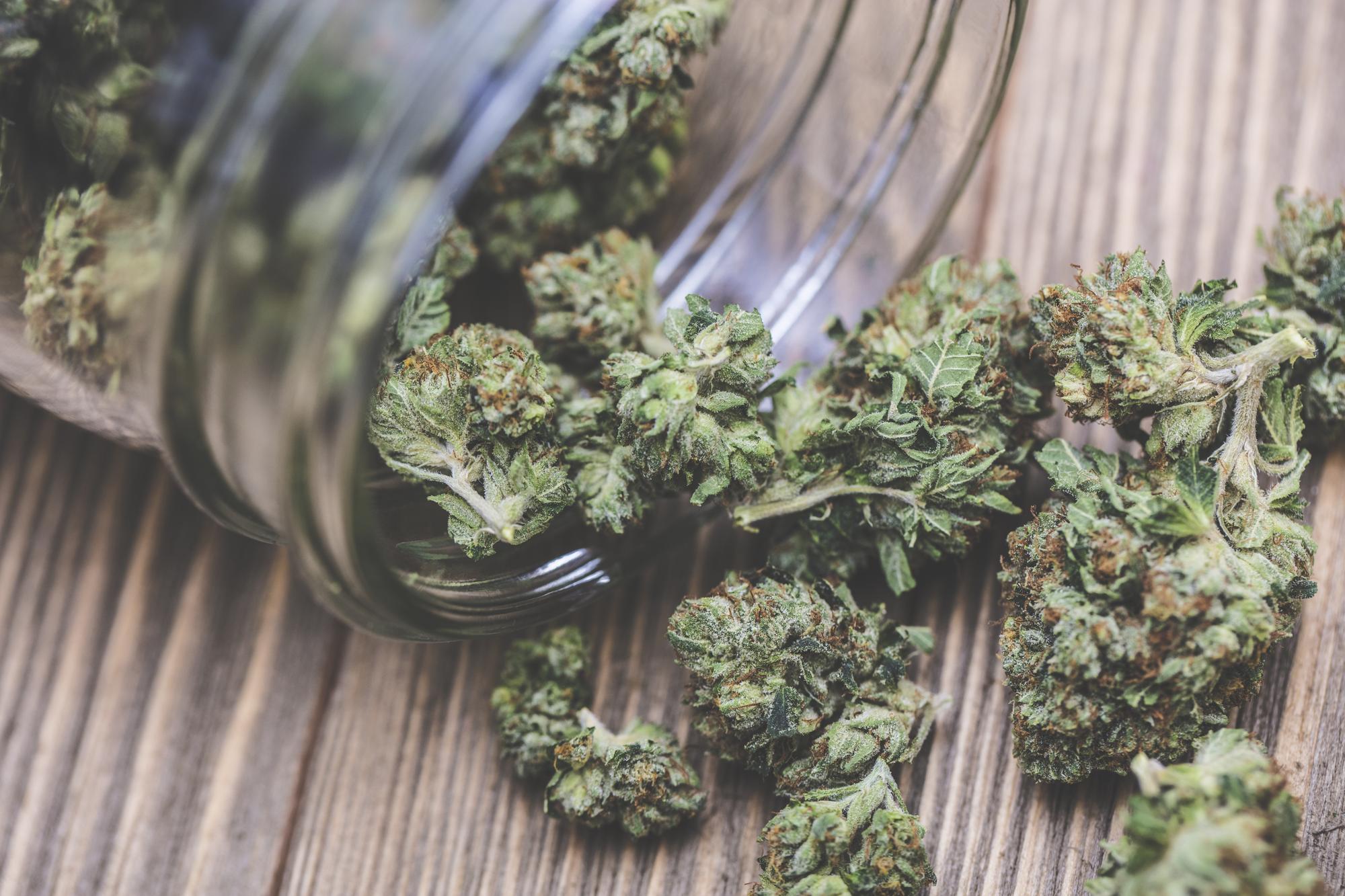The role of user ratings in shaping cannabis product pricing has become a subject of growing interest as legal markets continue to expand. While traditional economic factors such as supply, demand, production costs, and taxation remain central to price setting, consumer feedback through digital platforms has begun to exert influence on how brands and dispensaries price their products.
Ratings as a Market Signal
User ratings, particularly those aggregated on platforms such as Weedmaps, Leafly, and Google Reviews, act as signals of quality and consumer satisfaction. In markets where differentiation between strains or brands is challenging, high ratings can set certain products apart. Research from the Journal of Interactive Marketing indicates that positive online reviews generally increase consumer willingness to pay across industries. The cannabis market reflects this pattern: dispensaries often promote top-rated flower or vape products at premium prices because shoppers perceive them as higher value.
How Ratings Impact Pricing Power
Dispensaries and brands leverage ratings in marketing strategies, influencing price elasticity. A product with consistent five-star reviews tends to hold its price better against market fluctuations compared to an average-rated counterpart. For example, high-rated small-batch cultivators or limited-release genetics may justify elevated pricing due to perceived exclusivity and credibility reinforced by user reviews. In contrast, lower-rated items often see price reductions, bundle promotions, or clearance placement, suggesting that ratings indirectly pressure sellers to adjust prices to maintain competitiveness.
The Psychology Behind It
Behavioral economics helps explain this trend. Consumers rely on “social proof,” a concept introduced by psychologist Robert Cialdini, where people look to the experiences of others when making purchasing decisions. In a crowded cannabis marketplace—where product labeling and cannabinoid percentages can be confusing—ratings offer quick reassurance. A highly rated edible or pre-roll not only increases buyer trust but also creates justification for paying a higher price point.
Market Examples
Reports from BDSA, a cannabis data analytics firm, show that brands with consistently higher consumer sentiment and ratings often achieve stronger retail placement and pricing leverage. For instance, premium concentrate brands with strong user feedback frequently maintain higher shelf prices despite competition from discount alternatives. Conversely, products suffering from poor reviews, even when priced cheaply, struggle to move inventory—demonstrating that ratings can affect not just perceived value but also sell-through rates.
Limitations of Influence
While ratings are influential, they are not absolute. Regulatory constraints, wholesale costs, state-specific taxes, and overall market saturation play a more dominant role in baseline pricing. A dispensary cannot charge luxury prices in a low-income or oversupplied market, even if the product is highly rated. Moreover, fake or manipulated reviews dilute trust in ratings, limiting their impact on long-term pricing strategies.
In Summary
User ratings do influence cannabis market prices, though more as a moderating factor than a sole determinant. They enhance consumer perception, justify premiums for top-performing products, and apply downward pressure on poorly reviewed items. As consumers continue to rely on peer feedback, ratings will likely remain a subtle but powerful force in shaping the pricing dynamics of the legal cannabis industry.

